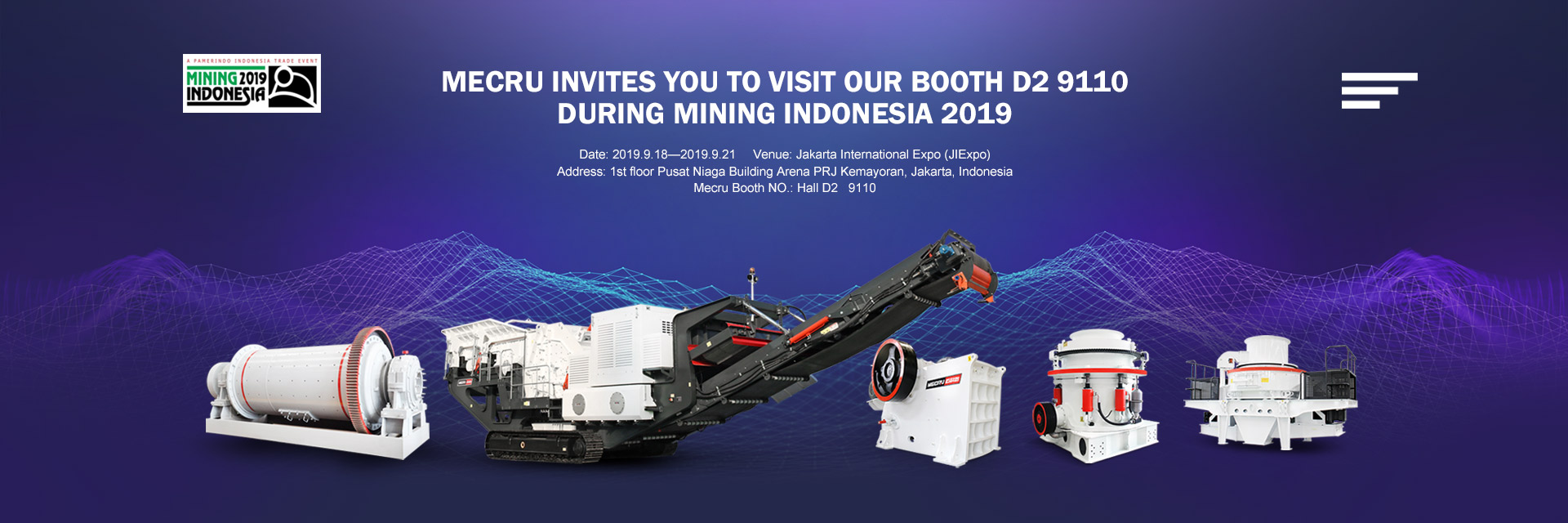Choke feeding a cone crusher is a technique used to maximize the efficiency and performance of the crusher by ensuring that the crushing chamber is always full of material. This approach helps to maintain a consistent feed rate, reduce wear on the crusher components, and produce a more uniform product size. Here’s how to choke feed a cone crusher effectively:
—
1. Understand Choke Feeding
– Definition: Choke feeding means supplying the crusher with enough material to keep the crushing chamber full at all times.
– Purpose: It promotes inter-particle crushing, reduces wear on the liners, and improves energy efficiency.
—
2. Ensure Proper Feed Material
– Size: The feed material should be within the recommended size range for the cone crusher.
– Gradation: A well-graded feed (mixture of coarse and fine particles) helps maintain a steady flow through the crusher.
– Moisture Content: Avoid excessively wet or sticky material, as it can cause blockages.
—
3. Set Up the Crusher Correctly
– Closed Side Setting (CSS): Adjust the CSS to match the desired product size and ensure optimal performance.
– Crusher Speed: Operate the crusher at the recommended speed for choke feeding conditions.
—
4. Monitor Feed Rate
– Use a feeder (e.g., vibrating feeder or belt feeder) to control the flow of material into the crusher.
– Ensure the feed rate is consistent and matches the crusher’s capacity.
—
.jpg) 5. Check Crusher Operation
5. Check Crusher Operation
– Power Draw: Monitor the motor’s power draw. A stable power draw indicates proper choke feeding.
– Crusher Sound: Listen for a steady, deep rumble from the crusher, which suggests it is operating efficiently.
– Discharge Material: Inspect the discharge to ensure it is consistent in size and free of uncrushed material.
—
6. Avoid Overfeeding
– While choke feeding is beneficial, overloading the crusher can lead to mechanical issues or blockages.
– Ensure that the feed rate does not exceed the crusher’s capacity.
—
7. Regular Maintenance
– Inspect and replace worn liners regularly to maintain optimal crushing conditions.
– Check for blockages or buildup in the crushing chamber.
—
 8. Use Automation (Optional)
8. Use Automation (Optional)
– Implement automated systems to monitor and adjust feed rates in real time for consistent choke feeding.
—




